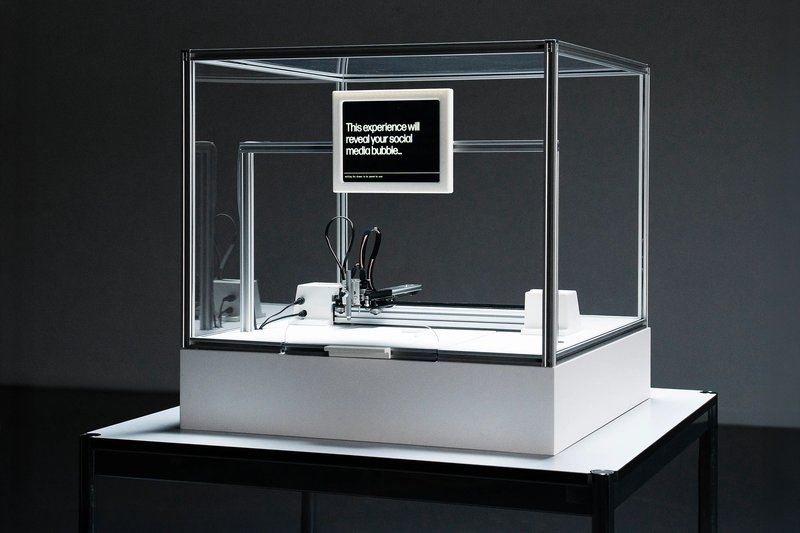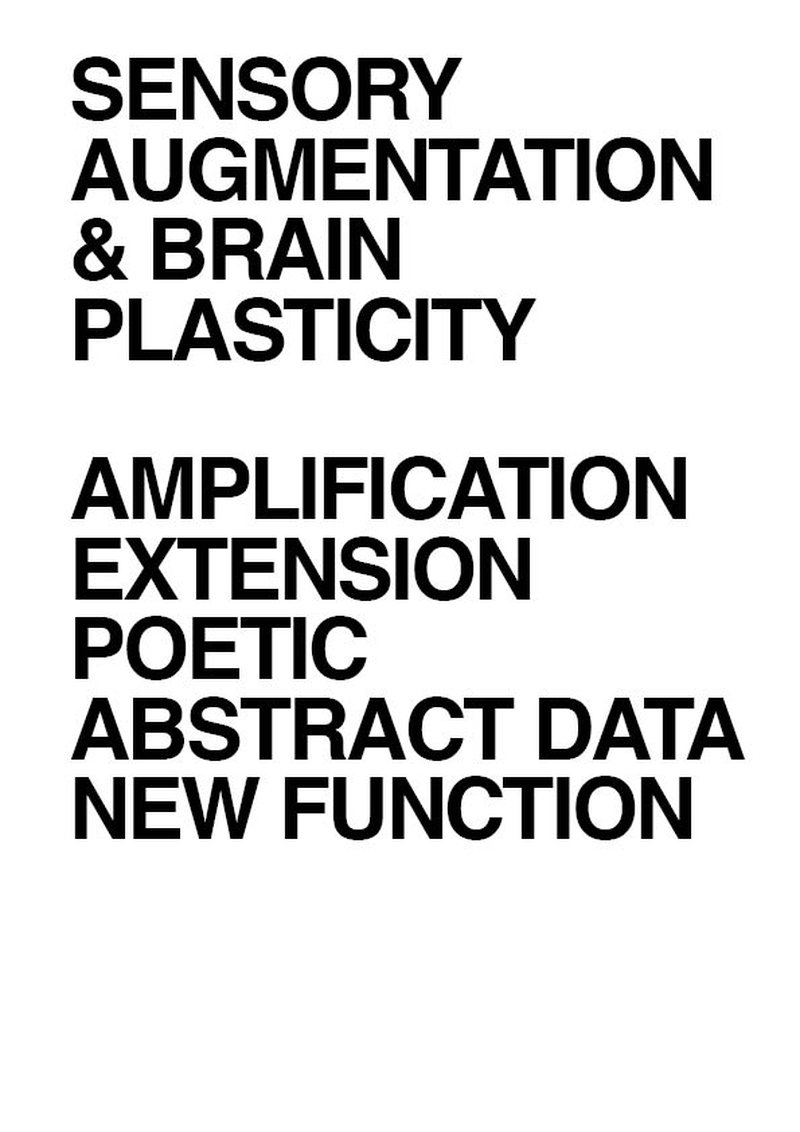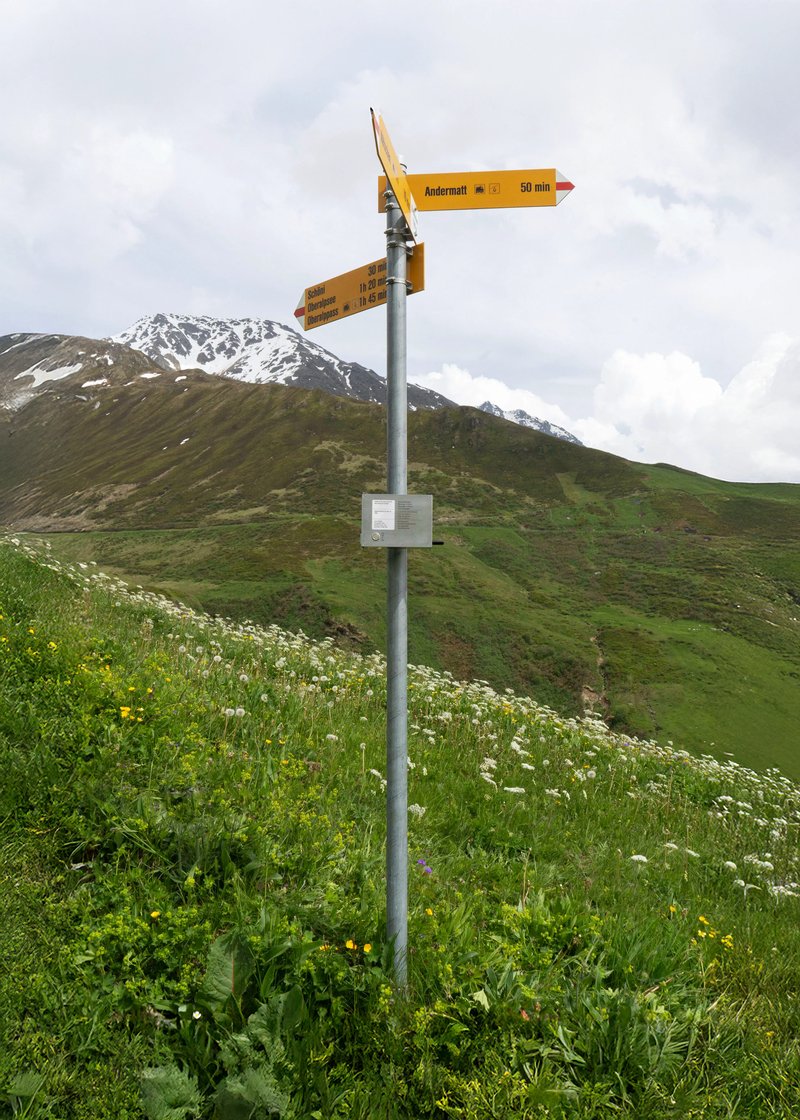This led to several exceptional and funny ideas for new communication machines which the students realized in different teams during the remaining time of the week. The results were very diverse:
- A fully functionning electro-mechanical pigeon post installation invited all students to playfully connect over several floors of the school.
- The communication autopilot extended the idea of already available auto-complete functionality into the realm of spoken telephone conversation.
- A disco performance explored the challenges of communications via music.
- And a color-to-smell translator used sophisticated robotic engineering to reveal a hidden olfactory layer in a set of beautifully designed colorful posters.












